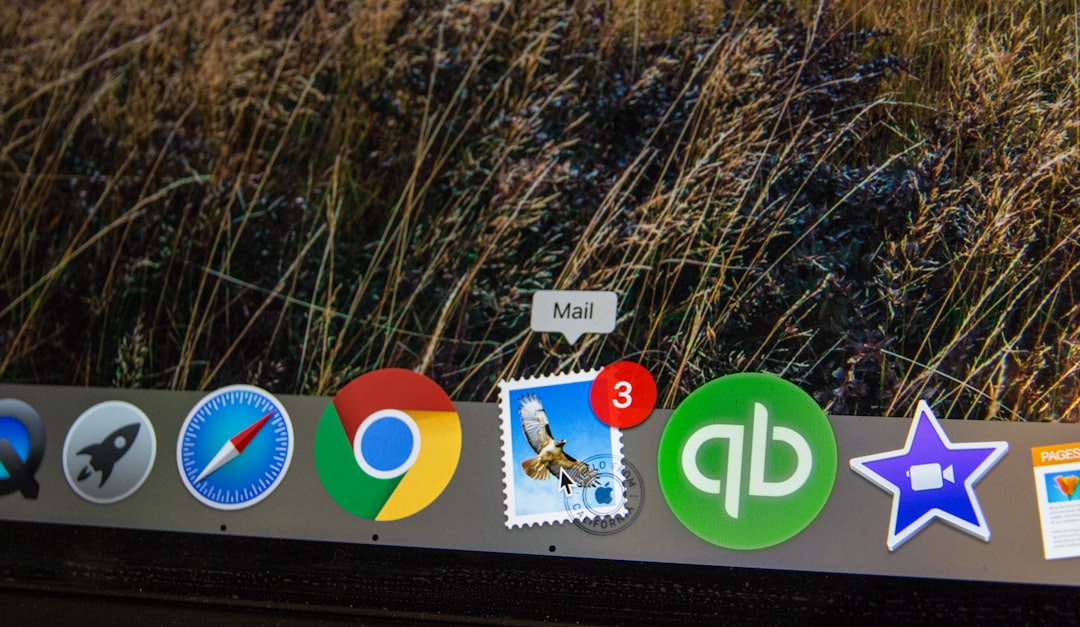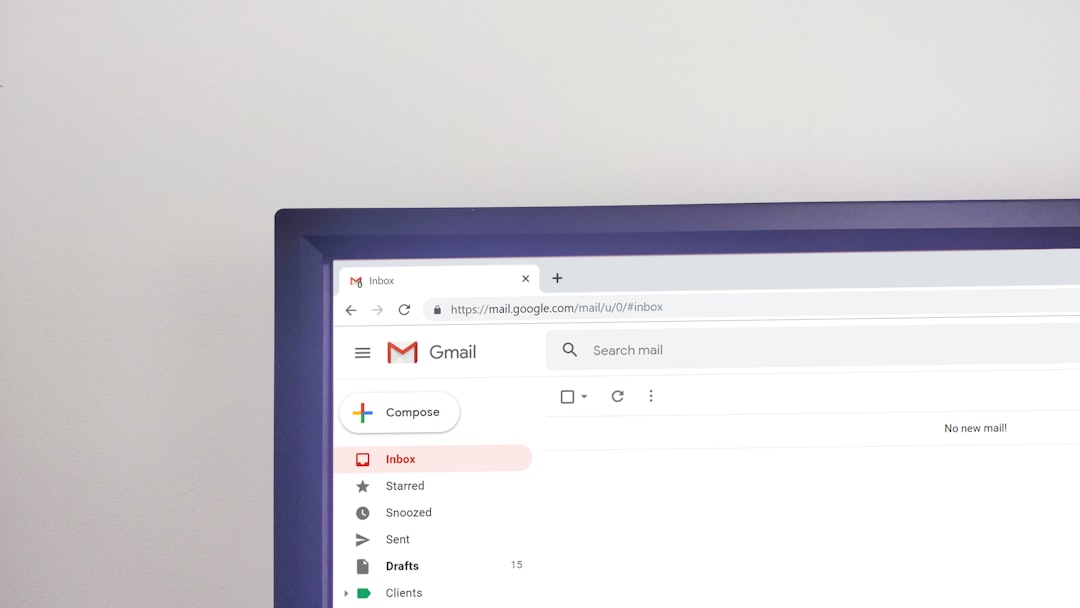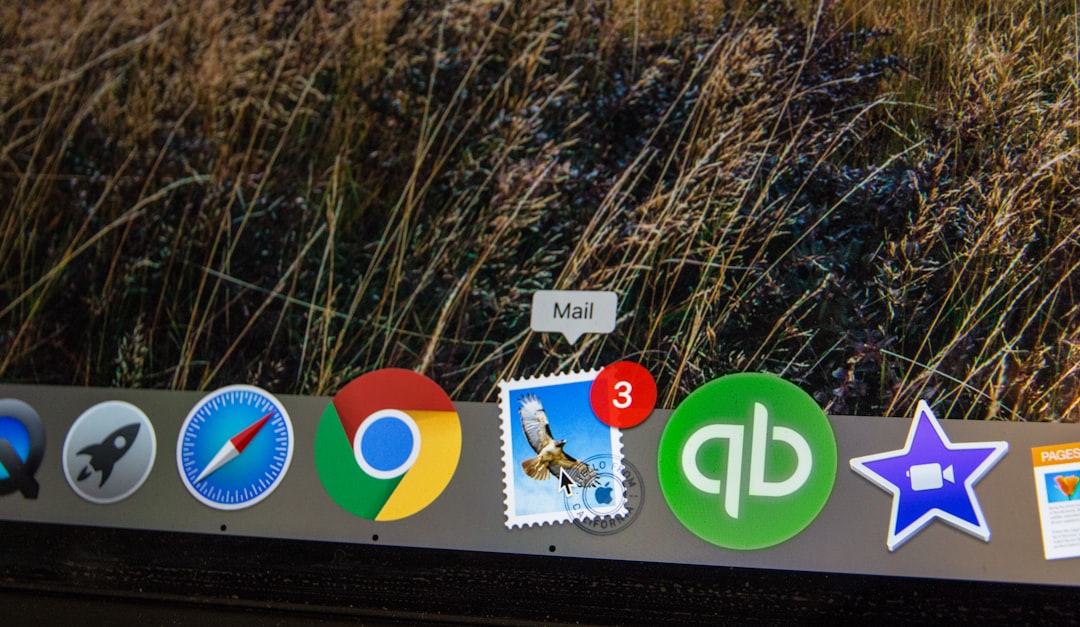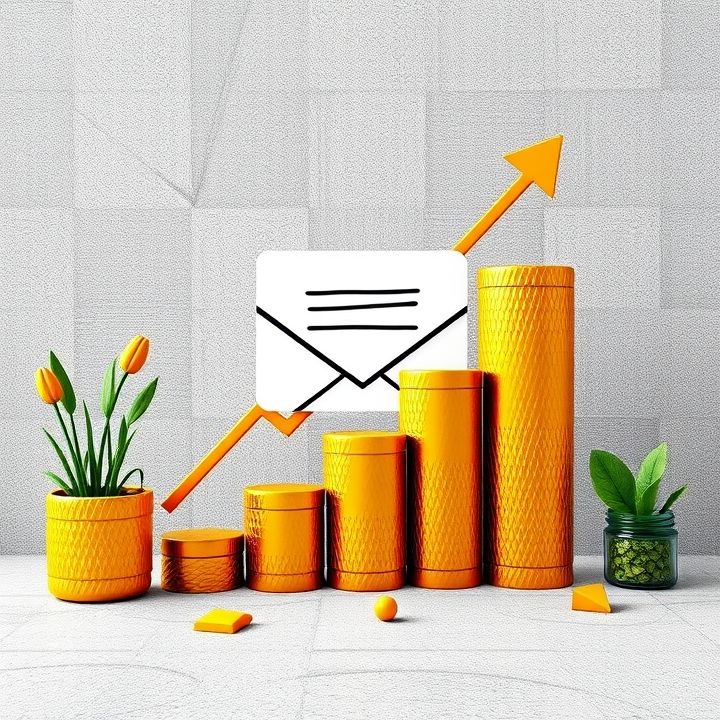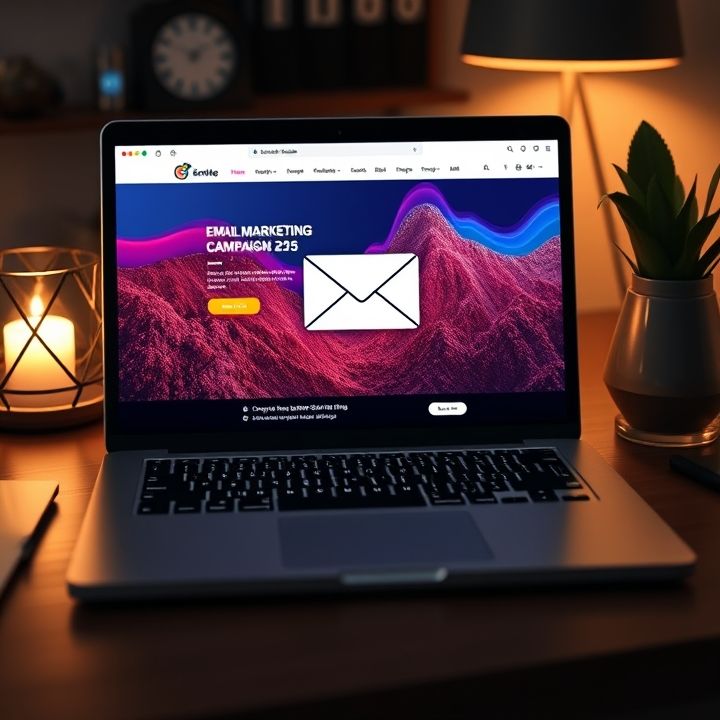Table of Contents
- Introduction
- Identify and understand your audience’s core interests and pain points
- Craft compelling characters that resonate with your audience
- Use conflict and resolution to create engaging narratives
- Incorporate emotional triggers to strengthen connection and response
- Utilize a consistent brand voice to establish trust and familiarity
- Conclusion
- Frequently Asked Questions
Introduction
In a world saturated with digital interactions, capturing an audience’s attention through storytelling isn’t just an art; it’s a superpower. Imagine your emails as narrative landscapes, weaving tales that not only inform but enchant your readers. Welcome to “Unlock the Secrets of Storytelling: How to Captivate Your Email Audience Like Never Before!”—a gateway to transforming your email campaigns from mundane to mesmerizing.
Storytelling in email marketing is more than just words on a screen; it’s about crafting connections and engendering emotions that compel your audience to click that next link, sign up for that newsletter, or make that purchase. But how do you ensnare and enrapture your readers in the intricate dance of narratives? The answer lies within the fine balance of strategy and creativity—a topic we delve into in this article.
| Secret | Benefit |
|---|---|
| Emotion-driven Narratives | Boosts Engagement |
| Character-rich Storylines | Increases Trust |
| Personalized Journeys | Enhances Loyalty |
As you embark on this exploration, prepare to discover how narrative alchemy can transform the run-of-the-mill email into a storytelling masterpiece that leaves your audience clamoring for more.
Identify and understand your audience’s core interests and pain points
One of the crucial steps in utilizing storytelling and narrative techniques effectively in emails is to identify and understand your audience’s core interests and pain points. By closely analyzing your audience, you gain insights into what matters most to them, enabling you to tailor your message to their specific needs. This understanding helps in crafting narratives that are not only engaging but also resonate deeply.
Start by gathering data about your audience through surveys, feedback forms, and analytics. Look at their behavior, preferences, and the challenges they face. Delve into social media platforms and forums where your audience is active, noting the subjects that spark their interest and drive conversations. This information is invaluable in shaping your storytelling approach, allowing you to create content that directly addresses your audience’s unique struggles and aspirations.
When you know what your audience cares about, you can weave stories that offer solutions, inspire change, or simply entertain. Narratives that reflect your audience’s desires and concerns not only capture their attention but also build trust and foster a deeper connection with your brand. This targeted approach makes your emails more compelling and impactful, ensuring they are not just read but also remembered.
Craft compelling characters that resonate with your audience
Crafting compelling characters that resonate with your email audience is an essential element of utilizing storytelling to captivate and engage readers. To create characters that your audience can relate to, start by understanding who your readers are. Conduct research on their demographics, interests, and challenges to ensure your characters reflect their realities. Next, focus on developing well-rounded characters with distinct personalities, motivations, and emotional depths. Express these traits through descriptive language and vivid details that bring them to life.
Characters should encounter realistic conflicts and overcome them through evolving narratives, mirroring the journey your audience may face in their lives. This not only maintains engagement but also fosters empathy. Use dialogue effectively to reveal character traits and advance the story naturally.
Additionally, make sure your characters experience growth, as this development can mirror the aspirations or transformations your audience seeks. An evolving character demonstrates the power of change and resilience, enhancing the impact of your message. By crafting characters that are relatable and emotionally rich, you build a narrative that resonates deeply, encouraging readers to remain engaged with the story and, ultimately, your brand.
Use conflict and resolution to create engaging narratives
Utilizing conflict and resolution in your email narratives is a powerful technique to grab and maintain your audience’s attention. The essence of storytelling lies in presenting a problem, challenge, or obstacle—this is the conflict that engages the reader by tapping into their innate curiosity and empathy. A well-articulated conflict hooks the reader, urging them to know more and rooting them in anticipation of what lies ahead. In the context of email marketing, conflicts don’t have to be monumental. They can be relatable and smaller in scale, such as the frustration of finding the right product or the dilemma of choosing between two options.
Once the conflict is established, moving towards resolution is crucial. Offering a resolution not only satisfies the reader’s curiosity but also strengthens their connection to your brand. Resolution can manifest as a solution that your product or service provides, a surprising twist, or a narrative closure that leaves the reader feeling content or inspired. This approach not only keeps your audience engaged but also fosters trust, as you address their pain points and offer tangible benefits. By weaving conflict and resolution into your narratives, you transform ordinary emails into compelling stories that resonate and leave a lasting impact.
Incorporate emotional triggers to strengthen connection and response
Incorporating emotional triggers into your email campaigns is a powerful way to strengthen the connection with your audience and elicit a more profound response. Emotions—such as joy, surprise, fear, and curiosity—can all be harnessed to create compelling narratives that resonate with your readers. By tapping into these emotions, you can make your message more relatable and memorable.
Storytelling is one effective technique to trigger emotions. Sharing personal anecdotes or customer success stories can evoke empathy and trust. This approach allows readers to see themselves in the story, feeling a part of the narrative. Additionally, using emotionally charged language and vivid imagery can create strong mental pictures that linger long after the email is closed.
Moreover, understanding your audience’s emotions and pain points is crucial. Tailoring your messages to address these can enhance the emotional impact. Encourage action by focusing on benefits that align with their emotional triggers, whether it’s the relief of solving a persistent problem or the excitement of a new discovery.
Lastly, ensure your content remains authentic and genuine, as readers can easily detect insincerity. Authentic storytelling can build loyalty and foster a deeper emotional bond with your audience.
Utilize a consistent brand voice to establish trust and familiarity
Utilizing a consistent brand voice in your email communication is crucial for establishing trust and familiarity with your audience. Your brand voice is the personality and emotion infused into all your marketing communications. It’s not just about the words you choose; it’s about the tone, style, and delivery as well. When this voice is consistent across all platforms, it creates a seamless experience for your readers, helping them to feel more connected and aligned with your brand. This consistency aids in setting expectations, making your audience more receptive to your messaging. For instance, if your brand is known for being playful and informal, maintaining this tone across emails helps reinforce your identity and make your messages more instantly recognizable.
To effectively craft a consistent brand voice, it is essential to define the core attributes of your brand’s personality. Consider how you want your audience to perceive you—are you formal, authoritative, friendly, or approachable? Once defined, ensure that your email content aligns with these attributes. This might involve developing a style guide or offering regular training sessions for your team. By doing so, each email interaction becomes an opportunity to further solidify the trust and familiarity needed to captivate your audience.
Conclusion
In conclusion, mastering the art of storytelling in your email marketing strategy is not just an option but a necessity in today’s digital age. By understanding your audience’s core interests and pain points, you can tailor narratives that resonate, making your communications more engaging and effective. Crafting compelling characters allows your readers to connect on a personal level, while conflicts and resolutions keep them hooked. Incorporating emotional triggers not only strengthens the bond with your audience but also encourages actionable responses, enhancing the overall impact of your message.
Furthermore, maintaining a consistent brand voice across your emails builds trust and familiarity, laying a solid foundation for long-term relationships. As you integrate these storytelling elements, not only will you captivate your audience, but you’ll also foster deeper connections and loyalty to your brand. In turn, this approach will ensure your emails are not only read but also remembered and cherished. By transforming ordinary messages into captivating stories, you position your brand as not just a seller but a storyteller—a powerful force in creating meaningful experiences and driving engagement.






